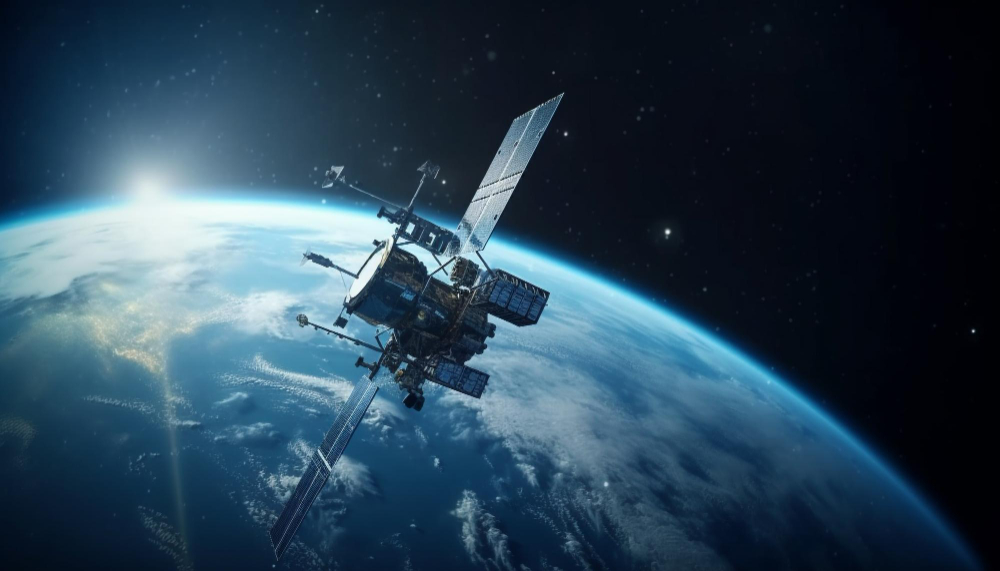SpaceX’s Starlink has rapidly become the largest satellite internet provider globally. According to Stocklytics.com, Starlink operates an impressive 6,111 active satellites, which represent approximately 50% of all active satellites in space. These satellites are primarily low Earth orbit (LEO) satellites, operating at altitudes between 211 and 382 miles. They connect directly with ground receivers and deliver internet services to customers through flat user terminals, enabling fast broadband connections.
Driving Factors Behind Starlink’s Dominance
Edith Reads, a financial analyst at Stocklytics, highlights the driving factors behind this growth in an eye opening blog post:
“The growing need for reliable and secure internet connectivity has fueled the expansion of the satellite internet market. Starlink is the most aggressive player in the satellite domain, with Elon Musk prioritizing global internet coverage.”
Since its first experimental satellite launch in 2019, Starlink has expanded tremendously. By May 2024, the company was already serving the internet needs of over three million customers across 100 countries and territories.
SpaceX has also made significant contributions in recent months. Its Starlink satellites provided critical communications to Ukraine, aiding the country in its defence against Russia’s invasion.
In the satellite internet market, OneWeb lags behind Starlink, with around 628 active satellites compared to Starlink’s vast fleet. However, the London-based firm is expected to expand rapidly, especially with its deal with Eutelsat, which is projected to generate an impressive $2 billion in revenue by 2027, potentially challenging Starlink’s dominance.
Concerns About Starlink’s Satellite Expansion
SpaceX plans to launch another 42,000 satellites to achieve comprehensive global internet coverage through Starlink. While this expansion will benefit Starlink and internet users worldwide, scientists from the University of Southern California’s Department of Astronautical Engineering warn that a significant increase in low-Earth orbit satellites could lead to the release of oxides that may damage the ozone layer and harm the environment.
Starlink satellites, made entirely of aluminum, have a lifespan of about five years. Once they become non-manouverable, SpaceX deorbits them, causing them to burn up in the Earth’s atmosphere. This process releases substantial amounts of aluminum oxides, which are detrimental to the ozone layer.
In 2022 alone, all deorbiting satellites generated over 18.7 tons of aluminum oxide nanoparticles released into the atmosphere. With other satellite providers planning significant increases in their satellite deployments, this figure could potentially rise to 397 tons per year, posing a severe threat to the ozone layer.
Additionally, astronomers are concerned that the surge in satellite launches will hinder astronomical observations and increase the risk of collisions in Earth’s orbit.


